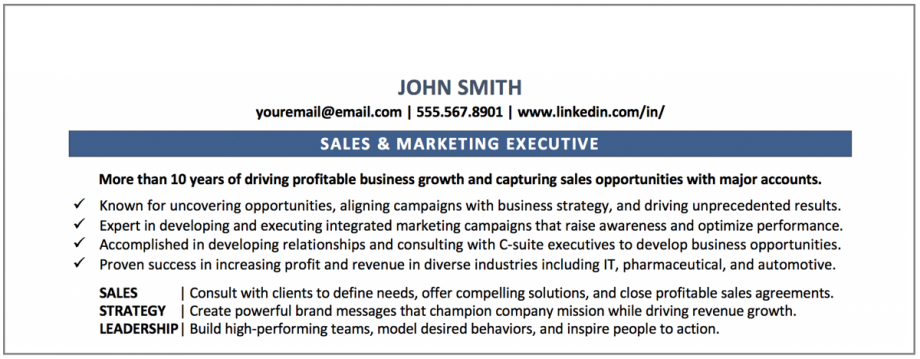There it is: the ultimate job opportunity. You’re confident that you can do the job — and do it well. The only thing standing between you and the opportunity for an interview is a unique resume challenge: How can you present yourself as the right candidate for the job — despite situations in your work history that could work against you?
As one of 23 Master Resume Writers nationwide, I bring more than 16 years of writing for every industry and organizational level. I write resumes for recent college graduates and CEOs — and everyone in between. My clients are in startups, established corporations, and nonprofit organizations across a myriad of professions and industries. With this vast array of experience, I have encountered some very interesting resume challenges.
I regularly work with career changers. One of those was an architect on one of the world’s tallest buildings. This expert felt she had reached the pinnacle of her career and wanted to move into broadcasting. But how?
Some job seekers are trying to overcome insurmountable odds. One such individual was attempting to jumpstart his career after being incarcerated for 10 years. Another was recovering from her role as HR Director at a company with a highly publicized scandal that led to the company’s bankruptcy. While she was not, in any way, involved in the scandal, simply including the name of the company on her resume tarnished her reputation.
Many people are simply trying to return to work after staying home to raise children or caring for elderly parents. How can you create a resume that is honest yet compelling when you are dealing with some of these sticky situations?
3 Ways to Manage Unique Resume Challenges
1. Use formatting as a strategic tool.
How you treat the text can guide the reader’s eye where you want it to land. If you are changing careers, do you really want to bold your most recent job title? Of course not. You want the reader to see how your quantified accomplishments translate to the new career target. Use various text treatments, such as bolding, underlining, italics, or even color to make key data points stand out.
Formatting can help you minimize sticky subjects including extended periods of time out of the workforce. You do not want to draw attention to a multi-year gap in employment. However, simply removing those dates is often not an option, nor a good idea. Various placement options and font treatments on those dates can minimize any negative impact from gaps in your work history.
In the same way, for the HR Director who worked for a scandalized and subsequently bankrupt company, bolding her job titles and not using any special treatment on the company name led the reader to “see” only the job titles and skim over the company information.
2. Translate gaps into value-added differentiators.
We all naturally tend to cover up times when we are out of work. If those periods are just a couple of months here and there, it is not worrying. But what about circumstances that remove you from the workforce for years at a time?
Especially for mothers who leave the workforce to care for children during their formative years, covering that period of time with experiences in volunteer leadership or household management can create a connection with a potential employer and the job that will return them to their careers.
After a successful corporate career, one of my clients had the opportunity to fulfill a lifelong dream of traveling and living internationally. He spent several years in odd jobs and volunteer work that allowed him to live in Europe and South America. Due to family issues, it became necessary for him to return to his career. Rather than focus on his years away from the corporate world, we identified and capitalized on the contributions he made in the different countries he lived in. Not only did this minimize the time away from his profession, but it added value around cross-cultural communications and leadership.
3. Always include quantifiable accomplishments.
When changing careers, focusing your resume on transferable skills is the first thing most people think will work. But this approach often falls flat. Are you a great communicator? How does this specific skill differentiate you from the thousands of your competitors who also communicate well? Furthermore, anyone can list “Oral & Written Communications” as a skill set on their resume. Listing these types of skills on your resume is not wrong, but it does not help you build your brand.
Tried and true quantifiable results clearly communicate your value to a future employer. Providing these proof points demonstrates how you have applied the transferable skills you possess. Grouping your accomplishments under specific skill set headings helps the reader connect your career to your job target.
How does the architect have any experiences that will translate to a job in broadcasting? Look at your career from a high-level view to see the entire picture. Find those skills, abilities, and contributions that are valued in both fields and provide concrete examples of how you used them.
These suggestions can help set you on the path to career search success. Still, writing your own resume can be a daunting challenge – even in the absence of unique situations like these. Because the stakes are high — and because it can be hard to take a birds-eye view of your experience, and to be able to identify what skills and competencies to highlight — hiring a professional resume writer can be one of the best investments you make in your career.




